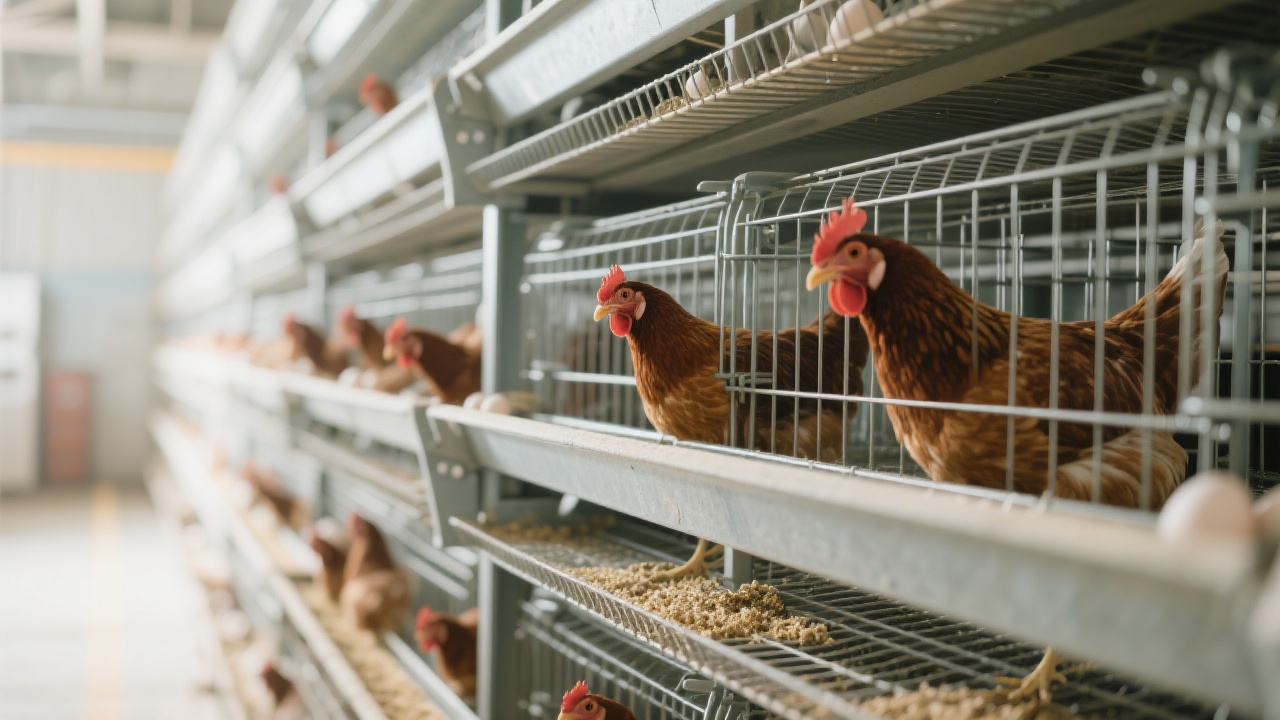
If you're managing a modern poultry farm—whether it's a 5,000 or 25,000-hen operation—you know that every inch of space counts. The key to boosting productivity while maintaining bird welfare lies in one often-overlooked detail: the layer height between cages in your H-type system.
Most farms default to a standard 30–35 cm gap between cage levels. But research shows this can lead to poor air circulation, increased stress from overcrowding, and inefficient labor flow. In contrast, properly optimized spacing (typically 40–45 cm) allows:
| Metric | Before Optimization | After Optimization |
|---|---|---|
| Egg Production per m² | 127 eggs/month | 168 eggs/month (+32%) |
| Daily Labor Hours | 4.5 hours | 2.7 hours (-40%) |
| Bird Stress Incidents | 3.2 per week | 1.1 per week (-65%) |
“We upgraded our H-type cages with better layer spacing and saw immediate improvements—not just in output, but in how our team felt about working in the barn.”
— Zhang Wei, Farm Manager, Henan Poultry Co.
For smaller operations (5,000–15,000 birds), aim for 3 tiers with 42 cm interlayer height. For medium to large farms (15,000–30,000+), go with 4 tiers at 45 cm—this maximizes vertical use without compromising bird comfort or worker safety.
Pro tip: Always align your cage design with your automation plan. If you’re installing automatic feed lines or egg belts, ensure there’s at least 50 cm of clearance above each level for easy maintenance and equipment integration.

At郑州利维机械 (Zhengzhou Livi Machinery), we’ve helped over 120 commercial farms implement these configurations—with measurable results. Whether you’re retrofitting an old shed or building new, smart layer height planning is your first step toward sustainable profit growth.
Ready to make your next upgrade count?
Download Our Free H-Type Cage Design Checklist
